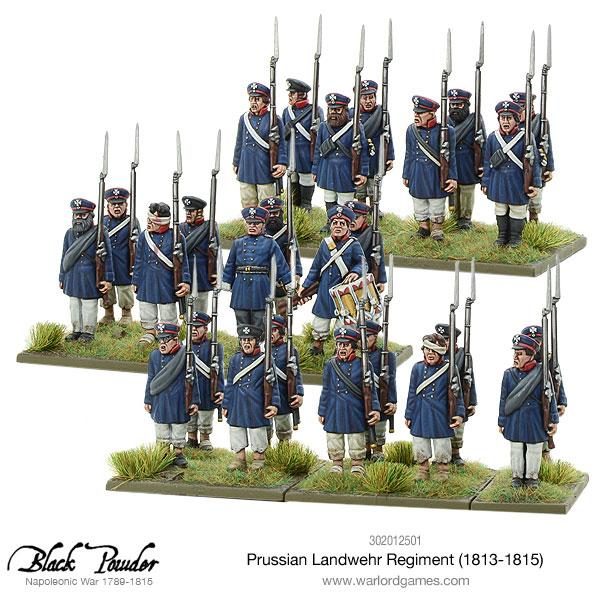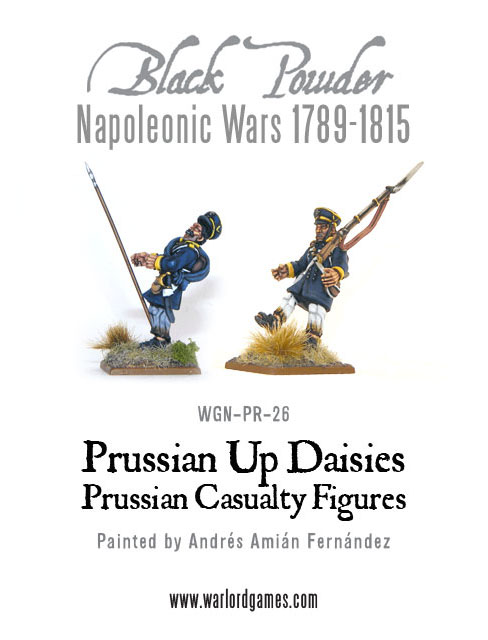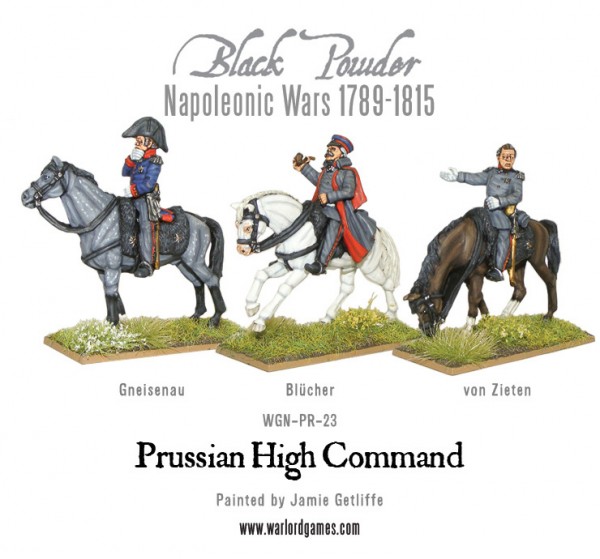
Spotlight: Uniforms of the Landwehr
We’ve dipped back into the archives to bring you a fantastic article from Vince Rospond on the uniforms of the Prussian Landwehr!
The Landwehr was the equivalent of the “home guard” created in March 1813 in response to the Prussia battles for liberation following Napoleon’s defeat in Russia.
Initially, they were armed and uniformed in whatever material and equipment was at hand. This caused some of the initial units to be clothed in shoddy cloth, antique weapons and pikes. As equipment and supplies became more plentiful the quality of their uniforms and arms improved. The Landwehr created 149 battalions formed into provincial regiments. For the most part they were untrained, too old or too young, but eventually, they were able to hold their own against formed units and helped overwhelm the enemy in numbers.
The uniform consisted of a blue or black Litewka – a full-skirted, double-breasted jacket whose length varies between the mid-thigh and the knee. There are reports that the Litewka could be grey or brown as well. The collar and sometimes the cuff was in the provincial colour. According to Nash, there was a tendency to use shoulder straps to indicate the seniority of the regiment as in the regular army – the senior most white, then scarlet, yellow and light blue. By 1815 the regimental numbers were supposedly embroidered into the shoulder straps.
The trousers were usually blue for the winter months and white for the summer, but supply limitations could throw this out the window and add greys and browns to the mix.
The headgear was usually the Schirmütze – a peaked cloth cap, the band of which was in the provincial colour. The black and white Prussian cockade was usually in the front on the band but appeared sometimes on the side. Most often the top of the Schirmütze would have a cross similar to the iron cross in white with black piping. The edges of the cross said, “mit Gott für Konig und Vaterland 1813”. By 1814 the piping around the cap would also be in the provincial colour. British sugar-loaf and French shakos were also worn with the same Landwehr cross. Any of these could have been worn with a waterproof cover.
Footwear was either shoes, boots, clogs or barefoot, with or without gaiters.
A rolled blanket was often worn over the left shoulder for protection. An axe was sometimes worn over the right. Straps and belts were usually white canvas, but black leather could be worn if handy.
Officers wore the regulation infantry kollets with the collar and cuffs in the provincial collar. NCO’s had normal rank indicators in white tape around the collar and cuffs. Musicians had red and white swallow nests on their shoulders.
In 1813 the provincial colours were:
| Province: | Facing: | Buttons: |
| East Prussia | Orange-Red | White |
| West Prussia | Black | White |
| Brandenburg | Brick-Red | Yellow |
| Pomerania | White | Yellow |
| Silesia | Yellow | White |
In 1814 they added the former Westphalia provinces of:
| Province: | Facing: | Buttons: |
| Elbe | Light Blue | Yellow |
| Westphalia | Green | White |
| Rhein | Crab-Red | Yellow |
Knötel pictures a jager detachment for the 4th Westphalian Regiment which was uniformed in a dark green Litewka, pants and Schirmütze. The belting was black, as is typical for jager units. The colour and cuffs had gold Swedish lace and the green Westphalian base colour.
Bibliography
Napoleonic Uniforms, Volume IV by John Elting, Emperor’s Press: Rosemont 2000
The Napoleonic Source Book by Philip J. Haythornthwaite. Facts on File: New York 1990
The Prussian Army 1808 – 1815 by David Nash. Almark Publishing Company Ltd.: London 1972
The post Spotlight: Uniforms of the Landwehr appeared first on Warlord Games.




